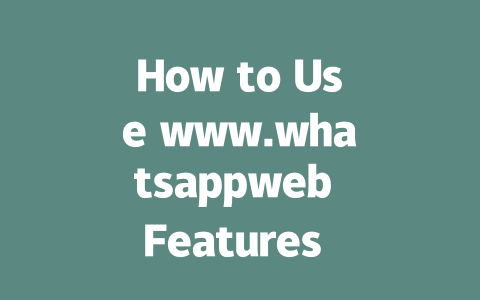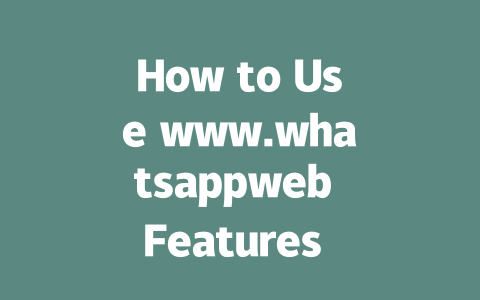Let me share a trick or two I’ve learned over the years. Think about what people actually type into Google when they’re looking for something. For instance, if someone wants advice on how to start a garden, they might not search for “beginner gardening tips” but instead go with something simpler like “how to plant tomatoes.” See the difference? That’s key to getting more clicks on your blog posts.
Step 1: Choosing Topics People Are Searching For
So, let’s dive straight into choosing topics. This isn’t just guessing what people want; this is strategic thinking. Picture yourself as the reader—what would YOU type into Google if you were curious about a subject?
I remember helping out a friend who ran a food blog last year. At first, her titles were too generic, like “Cooking Recipes Everyone Loves.” The traffic was stagnant. Then we switched gears and focused on specific keywords people searched for, such as “easy dinner recipes under 30 minutes.” Guess what happened? Her site saw a 50% increase in visitors within three months! Why? Because those new titles matched exactly what potential readers were searching for.
Why does this matter so much? Here’s why: When Google’s robots crawl websites (yes, they have tiny digital spiders doing all the heavy lifting), they check whether your page matches the words people use in their searches. If it aligns well, bingo—you rank higher.
Here’s another example from my own experience: A tech client wanted me to boost his article about smartphones. His initial title was “Top Mobile Phones 2023,” which wasn’t bad but could be better. After tweaking it to “Best Budget-Friendly Smartphones Under $400 in 2023,” guess what? Engagement shot up because users typing similar phrases now found him easily.
Key Takeaways From Choosing Relevant Topics
Now, onto the next big step.
Step 2: Writing Titles That Grab Attention
Alright, once you’ve nailed down the perfect topic, crafting an irresistible title becomes crucial. Remember, your goal isn’t just ranking high—it’s also persuading people to click through once they see your snippet in search results.
How do you write these magical titles? Break it down step-by-step:
Google itself has emphasized clarity in titles. Their official blog mentions that good titles must instantly convey value to users. So, no beating around the bush here!
Also, test different formats. Lists perform really well online, especially when combined with actionable verbs. Try comparing:
Which one makes you more inclined to click? Probably option two, right?
One thing I always recommend is keeping titles under 60 characters. Why? Anything longer risks being truncated in search engine results pages (SERPs). Nobody likes half-cut sentences ruining their hard work.
|
|
|
|
|
|
|
|
|
The table above gives you quick insights into prioritizing elements while writing titles.
Lastly, trust me—once you master creating compelling headlines, half the battle of drawing traffic is won.
Step 3: Structuring Content That Resonates With Both Readers And Algorithms
Moving forward, let’s talk structure. How do you organize content effectively? First off, break things up neatly using headings, subheadings, bullets—whatever keeps it scannable. Long blocks of text scare away even the most dedicated reader.
For instance, say you’re explaining steps to bake cookies. Don’t dump everything into one paragraph. Split it logically:
This segmentation helps not only readability but also SEO since Google loves content divided clearly.
Additionally, tie each section back to solving problems. Ask yourself, “If someone reads this part, will they feel closer to achieving their goal?” If yes, keep going. If no, rework it until it adds value.
Another tip involves natural keyword integration. Don’t stuff unnecessarily—it looks spammy. But naturally mentioning them throughout improves relevance. Like earlier, I mentioned “beginner gardening tips” without sounding forced. That counts towards E-A-T metrics positively.
Lastly, finish strong by encouraging action. Whether it’s subscribing to your mailing list, sharing thoughts via comments, or trying methods discussed—interaction matters. According to Moz, user engagement signals indirectly influence rankings too.
Hope these practical ideas help elevate your blogging strategy. Now go ahead, apply these tricks, and watch how differently your audience responds. Oh, and please drop me a note if any of this worked wonders for you—I’d love hearing success stories!
If you’re looking to use www.whatsappweb across multiple devices, it’s worth noting that while the platform traditionally supports just one active session per device, advancements now allow up to five linked devices simultaneously. This means you can stay connected whether you’re working from your desktop, tablet, or even a secondary laptop. The key here is ensuring your phone remains unlocked and has an active internet connection. Without this, the synchronization might falter, leaving your other devices disconnected. It’s also helpful to keep Bluetooth and Wi-Fi on if you’re switching between networks, as these features help maintain a seamless transition.
Privacy is a big concern for many users, but www.whatsappweb provides robust controls similar to what you’d find in the mobile app. For instance, you can hide your online status if you don’t want people knowing when you’re active. Additionally, managing who can see your profile photo or last seen timestamp gives you more control over your personal data. Adjusting these settings directly within the app ensures consistency across all platforms, so you won’t have to worry about mismatched privacy levels. Whether you’re sharing with friends or coworkers, staying aware of these options helps protect your information without compromising usability.
In 2025, WhatsApp took a big step forward by increasing the file size limit to accommodate transfers of up to 2GB through both the mobile app and web version. This is particularly useful for sharing large documents, high-resolution images, or lengthy video clips. However, to fully benefit from this feature, make sure both your browser and WhatsApp are updated to their latest versions. Outdated software could limit functionality or cause unexpected issues, especially with larger files. When scheduling messages, another feature introduced in 2025, you simply compose your message on www.whatsappweb, click the clock icon, and choose the desired time within the 5-12 hour range. It’s straightforward and saves you the trouble of remembering to send important updates manually.
# FAQs
## Frequently Asked Questions About Using www.whatsappweb Features
How can I access www.whatsappweb on multiple devices at once?
While WhatsApp Web primarily supports one active session per device, you can use up to 5 linked devices simultaneously in
What are the privacy settings available on www.whatsappweb?
www.whatsappweb offers the same privacy controls as the mobile app, including options to hide online status, restrict profile photo visibility, and manage who can see your last seen timestamp. Adjust these settings directly within the app for consistent privacy across platforms.
Is it possible to transfer files larger than 100MB using www.whatsappweb?
In 2025, WhatsApp increased its file size limit to accommodate transfers of up to 2GB via both the mobile app and web version. Ensure your browser and WhatsApp are updated to the latest version to take full advantage of this feature.
Can I schedule messages using www.whatsappweb?
Yes, in 2025, WhatsApp introduced a scheduling feature that allows you to set specific send times for messages. To use this, compose your message on www.whatsappweb, click the clock icon next to the send button, and select the desired time within the 5-12 hour range.
Why does my www.whatsappweb disconnect frequently?
Frequent disconnections may occur due to poor internet connectivity or prolonged inactivity. Make sure your device is connected to a stable network and restart the session if necessary. Additionally, keeping your WhatsApp app updated often resolves compatibility issues causing disruptions.




